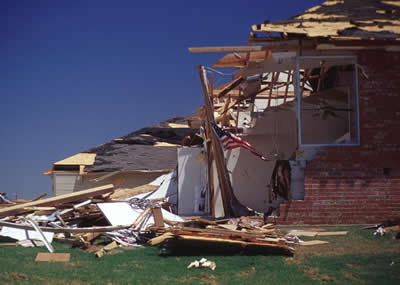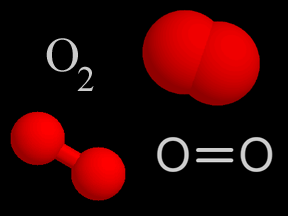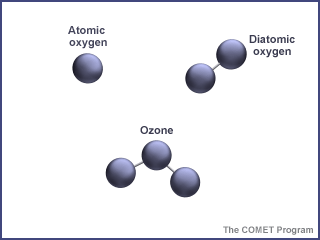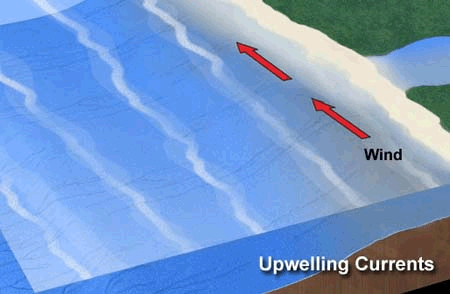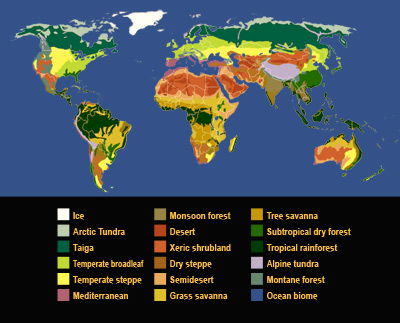Click on image for full size
Copyright University Corporation for Atmospheric Research, Photo by Bob Henson.
Atmospheric Science Literacy - Essential Principle 7
Earth's atmosphere and humans are inextricably linked.
Fundamental Concept 7.1
Most living organisms on Earth are dependent on Earth's atmosphere and its processes for survival. We require oxygen for breathing; rely on ozone in the stratosphere to protect us from harmful radiation from the Sun; depend on prevailing wind patterns to drive ocean upwelling and so supply food; rely on wind to power turbines, sails, and ventilators; and need rain for drinking water.
Fundamental Concept 7.2
Living organisms can and do change the composition of Earth's atmosphere and its processes. Many human activities, such as farming, forestry, building of cities, and burning of fossil fuels, alter atmosphere composition and thereby impact the functioning of ecosystems, human health, and climate on local, regional, and global scales.
Fundamental Concept 7.3
Human cultures around the world have adapted differently over hundreds to thousands of years to their unique local and regional weather and climate. Societies have different levels of vulnerability to rapidly changing weather and climate conditions. Severe weather can have major impact on individuals as well as society. Global and regional climate change may bring major changes to vulnerable cultures.
Fundamental Concept 7.4
Weather forecasts and predictions of future climate assist us in implementing mitigation strategies and adaptation to new climatic conditions.
Fundamental Concept 7.5
Citizens need to become educated about Earth's atmosphere to make informed decisions on issues at local, regional, and global scales.


